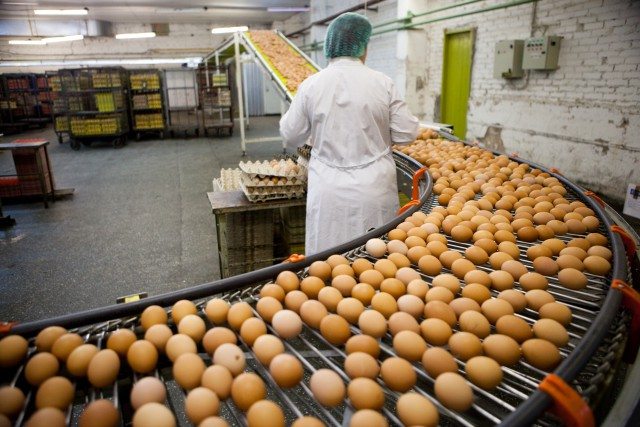Successfully treating direct surface pathogens is only part of the food safety challenge for processors, according to South Florida-based RGF Environmental.
The company recommends a two-pronged safety program with installation of plant air quality systems.
It says industry studies have proven that airborne pathogenic contamination of food products at the processing level is a safety concern, and in some cases is the major cause of microbiological contamination.
“Odors, air pollutants, volatile organic compounds such as chemical odors, smoke, mold, bacteria and viruses are all plant air issues,” said Dr. James Marsden, a scientist in the field of food safety for the past 30 years.
“Heating, ventilation, and air-conditioning or HVAC safety and purification systems as well as systems for plant areas with no air ducts are critical components for a processor’s overall food safety program.”
Treating air in food factories
Bill Svec, RGF VP of water and food products, routinely employs two types of systems for air treatment in food plants.
He said one highly effective product is a commercial Photohydroionization (PHI) unit that is mounted directly into the plant’s air conditioning and heating system, a location where most sick building syndrome issues are born.
“When the HVAC system is in operation, the commercial PHI unit creates an advanced oxidation process consisting of hydro-peroxides, ozonide ions, super oxide ions and hydroxide ions,” said Svec.
“All are friendly oxidizers that revert back to oxygen and hydrogen after the oxidation of the pollutant.”
Svec said if there are no air ducts, which is typically the case in most processing facilities, RGF recommends the installation of REME-ATS wall mount units designed for the cubic footage of the plant space as well as the type of application.
Air passes through a REME/PHI system, creating the oxidizers, which destroy airborne microbes with high intensity, ultra-violet light rays targeted on a quad-metallic compound.
He said there is a version for flash or spiral freezers that kill pathogens prior to product freezing and packaging.
All air treatment systems contain RGF’s patented PHI, a chemical-free, natural, green and environmentally-friendly advanced oxidation technology that utilizes broad spectrum UV light rays in conjunction with a catalytic target.
Svec said the air treatment systems have been installed in numerous processor plants, including American Custom Meats, JTM Foods, Schenck Packing, Valley Meats and Buona Vita.










